Placed at the end of Via Mazzini and enriched by beautiful palaces which faced it, Piazza Galeotto owes its name to the big humanist from Narni of the XV Century.
Piazza Galeotto Marzio in Narni.
Already called Piazza Cajola, it took its actual shape in the first half of the 1700, classified as the most regular square of Narni.
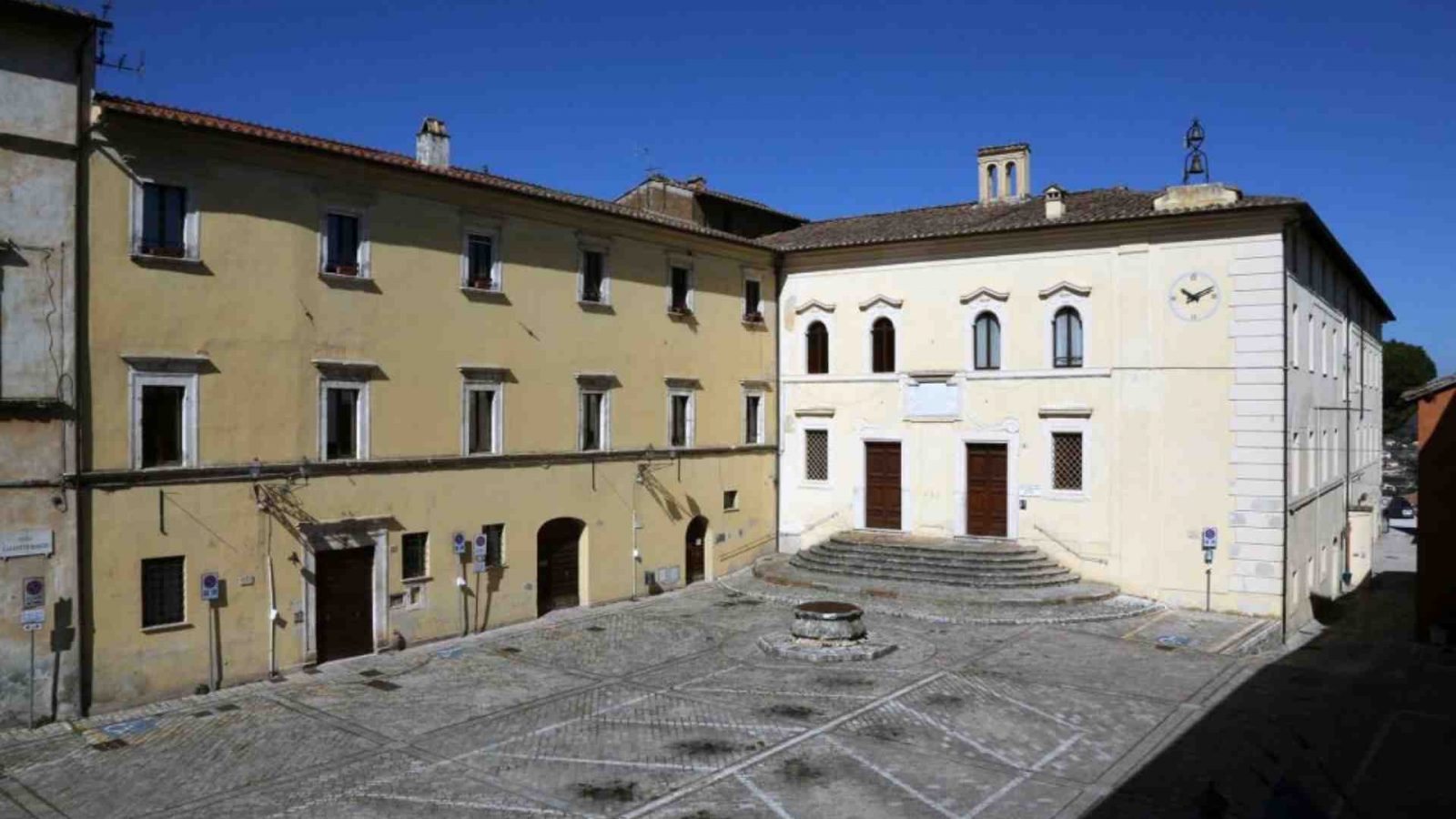
Cardoli Palace.
On the left, on the entrance of the square, is the Cardoli Palace of the XVI Century.
Started by Felice Cardoli and ended by Febo Cardoli, exponent of one of the three branches of the potent baronial family, feudatory of the ancient castrum of Coppe under Stroncone.
The facade is dominated by the massive stone portal, where there is a balcony balustrade: the rectangular fornix is flanked by two Doric pilasters, which support an architrave with the frieze divided into figurative metopes and triglyphs.
The metopes are alternately decorated with the lily of Anjou and the lion’s snout, both emblems present in the coat of arms of the Cardoli family.
From the internal loggia, which has on the right the stairwell, there is access to the court, at the bottom of which there is a nymphaeum with some mosaic decorations. The façade of the court is on the first level with three arches on square pillars, while the wall of the main floor opens into simple square windows.
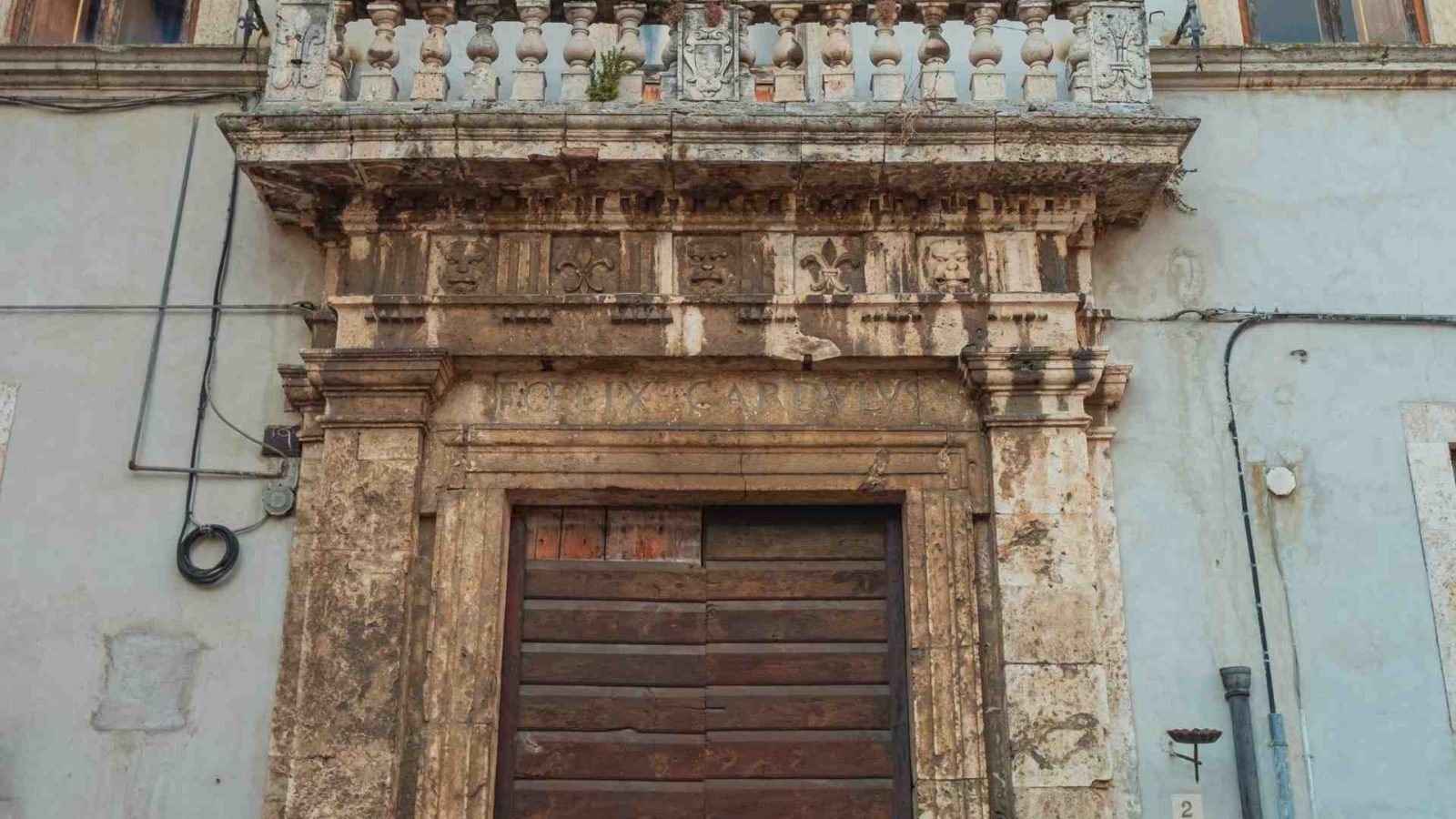
The Ex Hospice of Jesus and Maria, now Home to the University.
On the left the Ex Hospice of Jesus and Maria, today home of the University of Perugia, built in 1712 by the cardinal Giuseppe Sacripante as an institute of formation for younger poor guys of Narni.
The cardinal announced his erection in a notarial declaration of 1692 and built it from the following year in temporary places until, in 1711, purchased here a nucleus of houses with two gardens and a well , property of Santa Maria della Cerqua for bequest Boncambi.
The different units were adapted and put together on a unique front with elegant twin doors, on a project of the architect Nicola Michetti.
The building faced on two streets levels of different height:
- while on the side of the Piazza Galeotto Marzio is composed of only two floors plus the attic;
- On the side facing east , the palace is articolate on four floors because here the street level is lower.
A couple of twin doors, consisting of a row of smooth ashlars with round holes characterized the facade.
From the right door you can enter into a room with coffered ceilings , decorated with flower elements and arms of coat, including those of Cardoli and of the family Del Bufalo.
From the left portal instead you can enter into a loggia, which has also the function of entrance and permise us access to the superior and inferior floors or to the rooms of the ground floor. On the back it opens an elegant portal which offers a splendid view of the valley landscape.
The ex Orphanage of the Blessed Lucia, today home of A.S.P. Beata Lucia.
Closing the square , there in on the stair, behind the public well of the XVI century, the Orphanage of the Blessed Lucia made in 1739 by the cardinal Martino Innico Caraccioli and built between the 1741 and 1750 on the project of the architect Paolo Posi , probably on the site of the presumed roman theater of Narnia.
The Blessed Lucia ASP.
Today the complex is home of the ASP Beata Lucia (Public company of Services to the person Blessed Lucia) which, in the name of the Blessed Lucia Broccadelli from Narni, continues that itinerary of support to the people which started in the XVIII century.
The artworks of the Caracciolo Room.
Inside the room dedicated to the founder, it is preserved the artistic, historical, cultural and archival heritage of the Institution with interesting works which go from the XV century to the XX century including the prestigious Annunciation of Livio Agresti.
The Church of the Blessed Lucia.
The Church dedicated to the Blessed Lucia was designed by Paolo Posi in 1740 and realized inside the complex.
Interesting is the canvas of the major altar , made by the painter Stefano Parrocel.
The lateral altar, with the prestigious canvas of the Sorrowful Virgin, was made between May and July of 1822.
The Plein Air Painters and the multimedia project.
Through a recent augmented reality project, with immersive rooms and a projection room, it was possible to create a space that talks about the history of Plein Air Painters and their works along the Nera river valley.
An innovative way to underline a complex that, from the eighteenth century to today, has continued in its work of good for others.
Piazza Galeotto Marzio
Piazza Galeotto Marzio, 05035 Narni TR
Web: ASP Santa Lucia
Tel: 0744 715208
Piazza Galeotto Marzio is home of some palaces and the University.
It is suggested to park the car into the Suffragio Parking and go up with the elevator until via Garibaldi.
Discover Narni.
Continue to walk with us discovering what to see inside the walls of Narni.
Or discover the points of interest of Narni and of its territory:
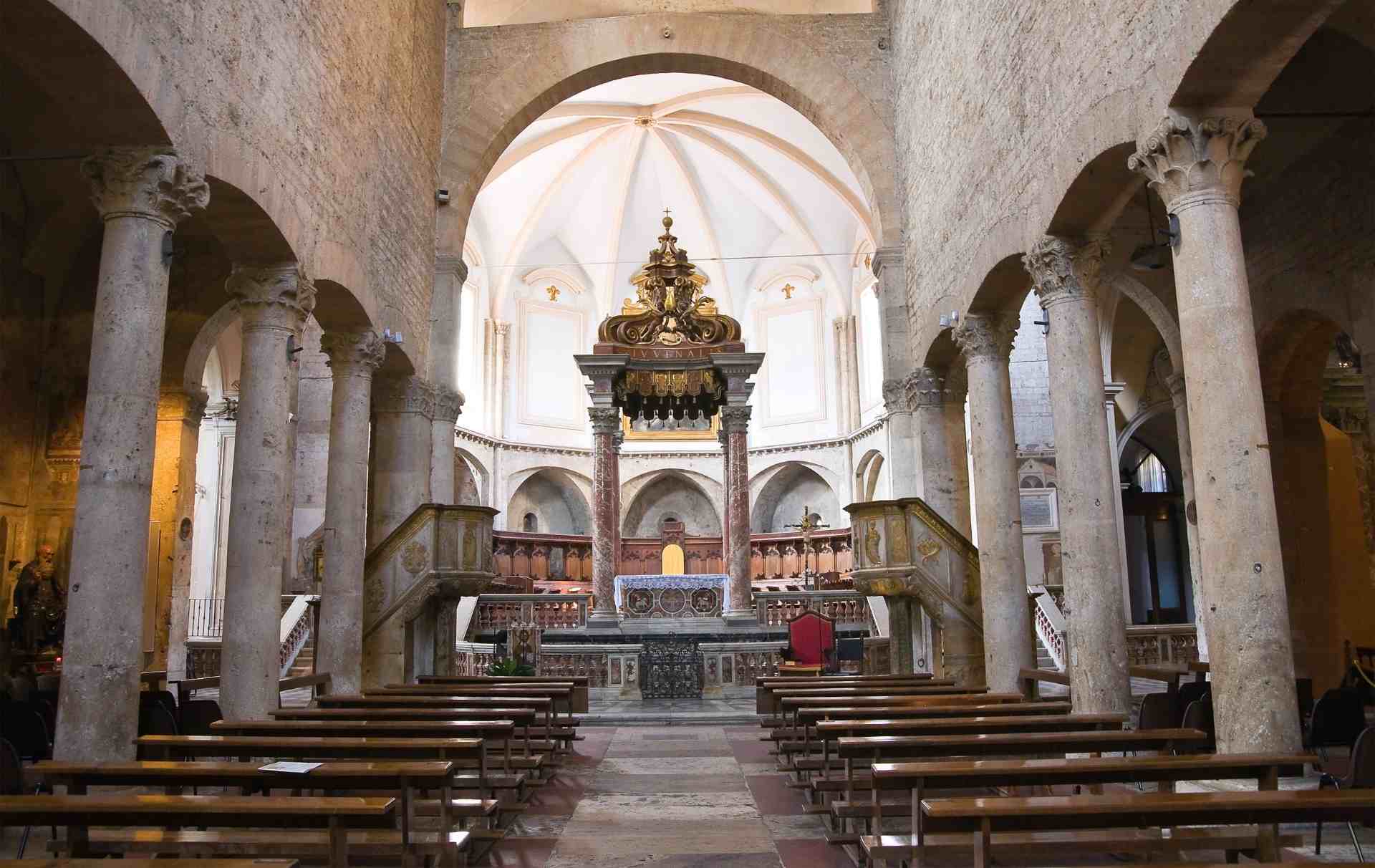
The central aisle
Entering the Cathedral of Narni, from piazza Cavour it’s suggested to go in the center to look at the building in all of its elements:
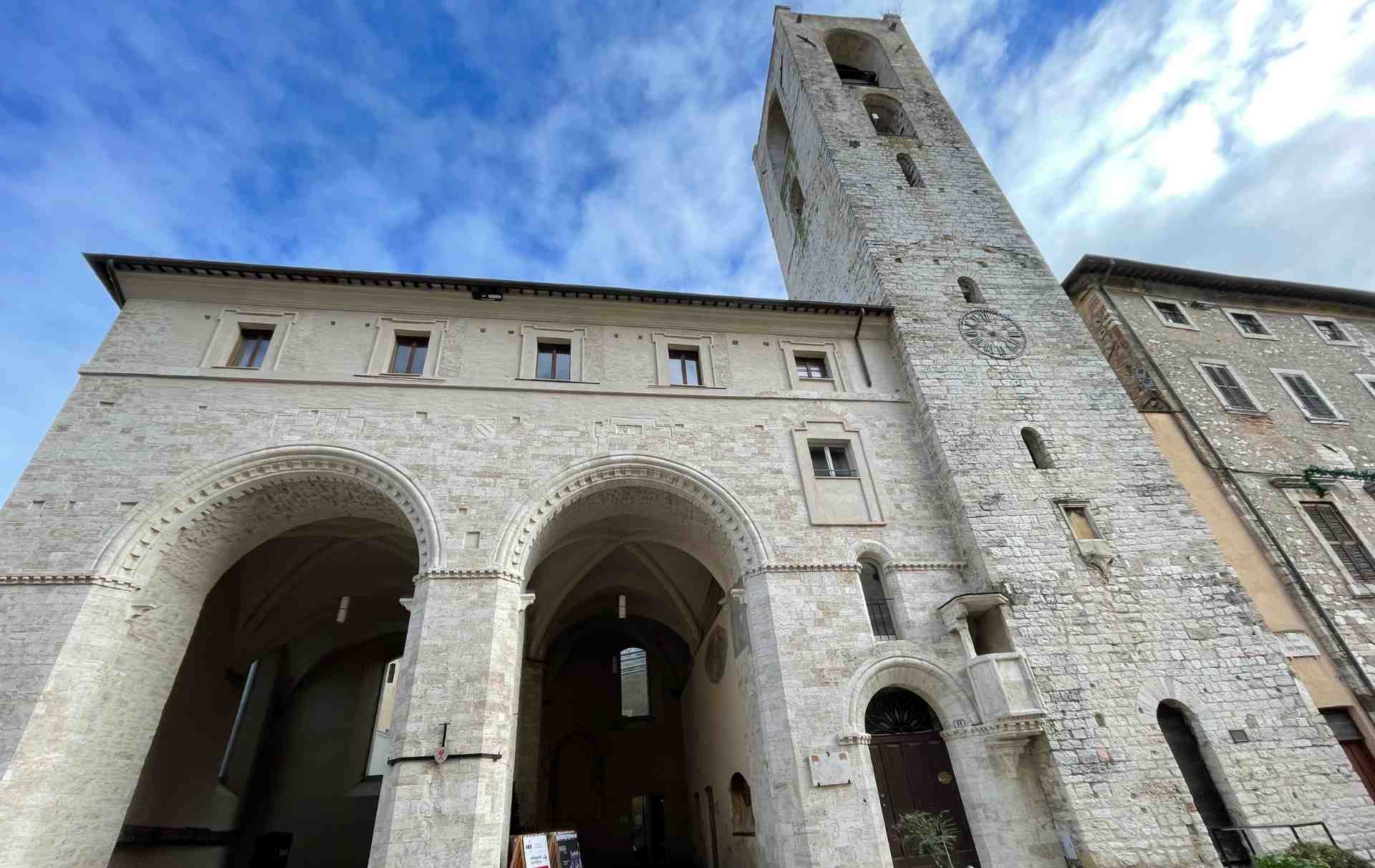
Priori Palace
For the particular architecture and the elements which compound it, the Priori Palace of Narni is one of the most beautiful monuments of Umbria. The
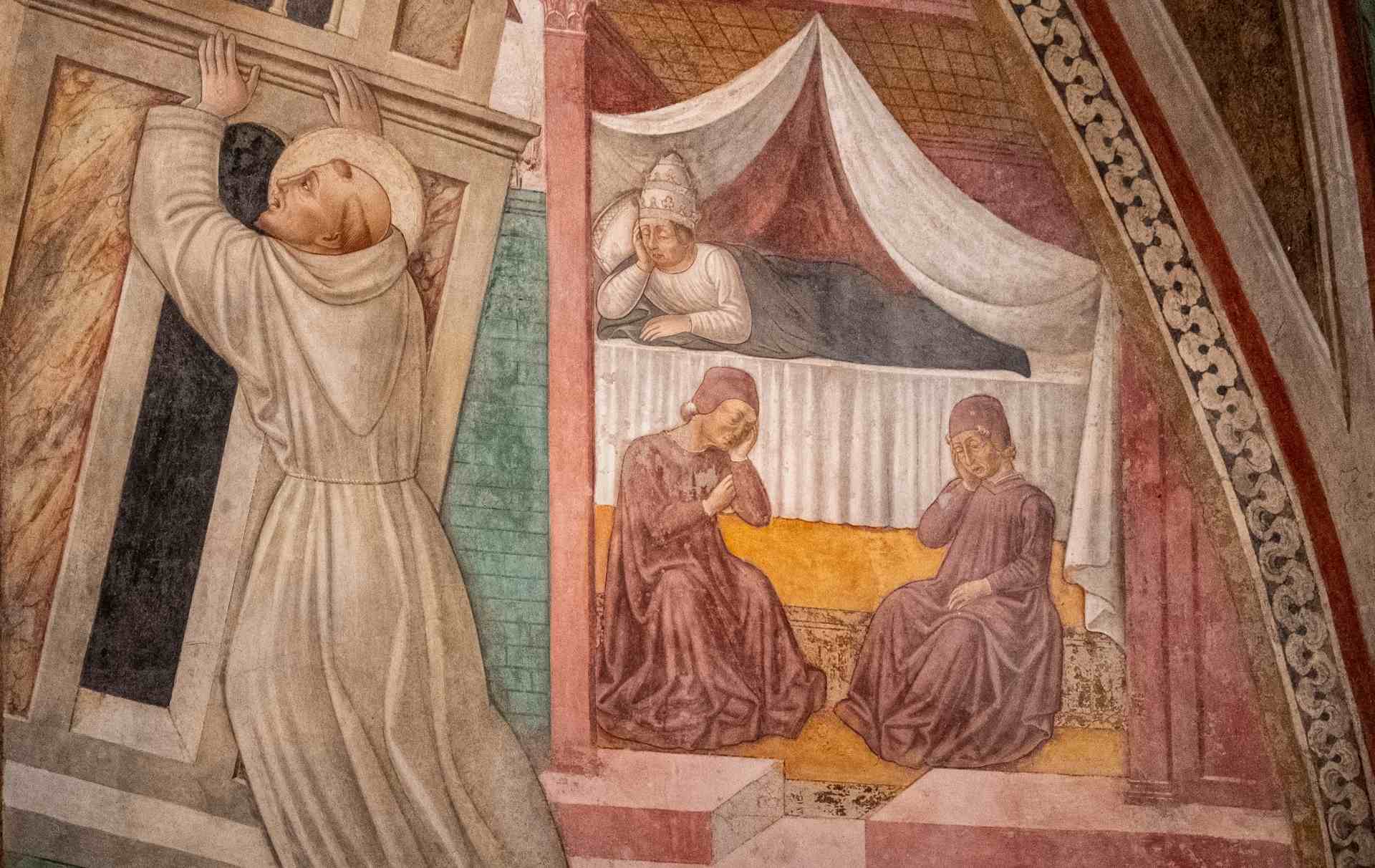
The Church of San Francesco
Arriving from the close via del Campanile or directly from Piazza dei Priori, you can only be kidnapped by the late Romanesque features of the




